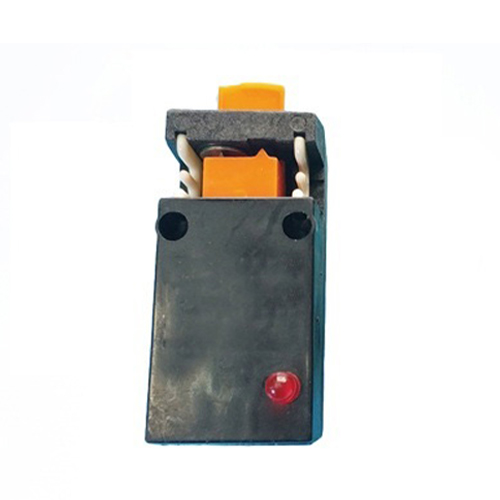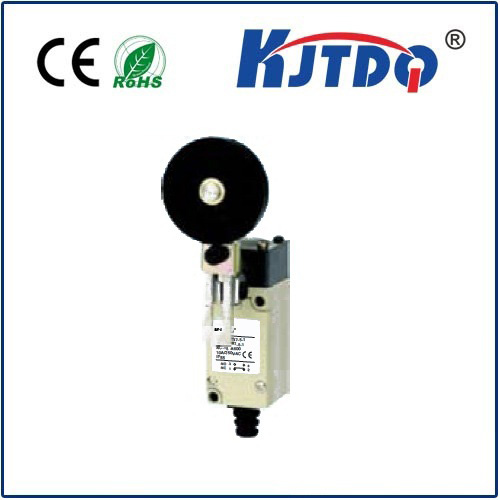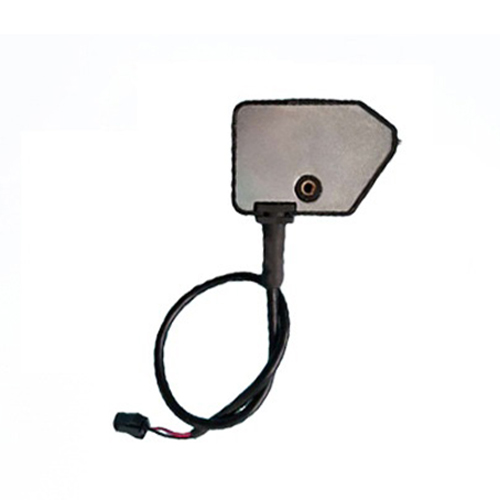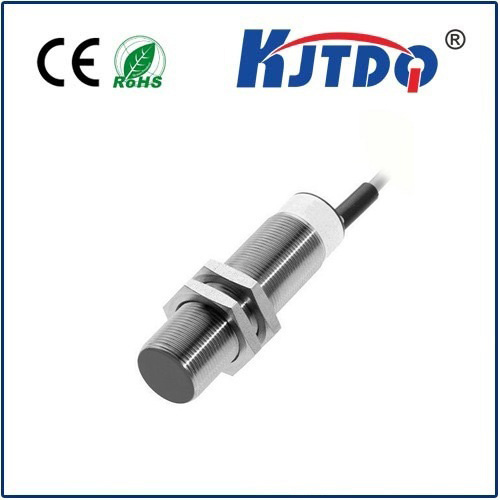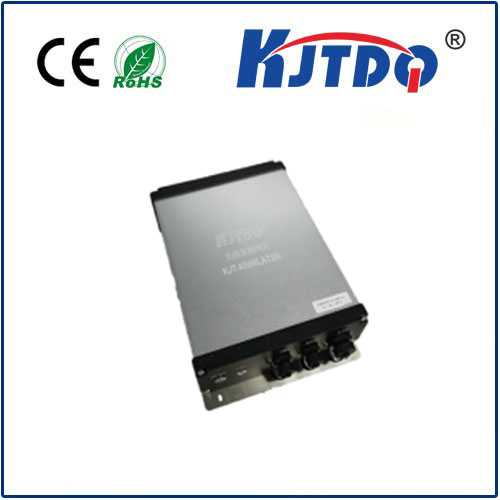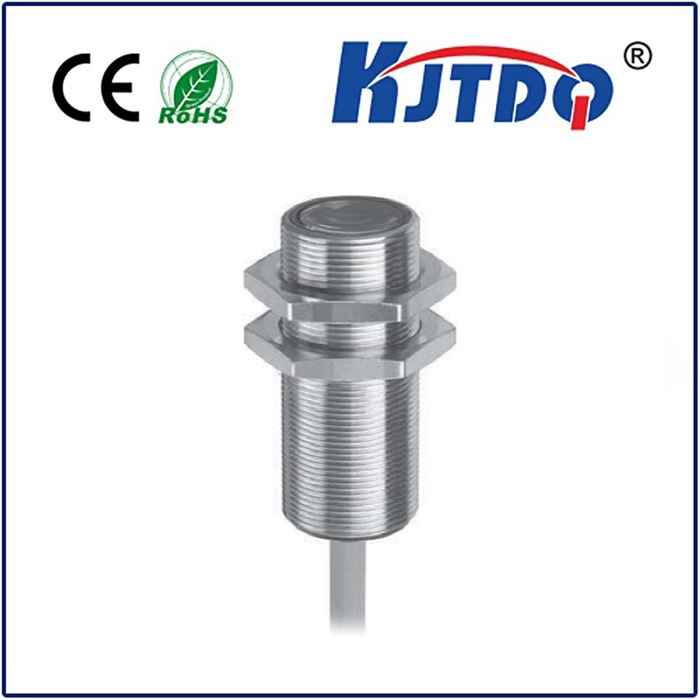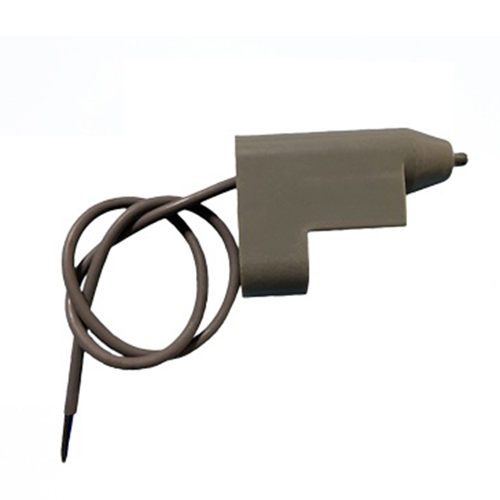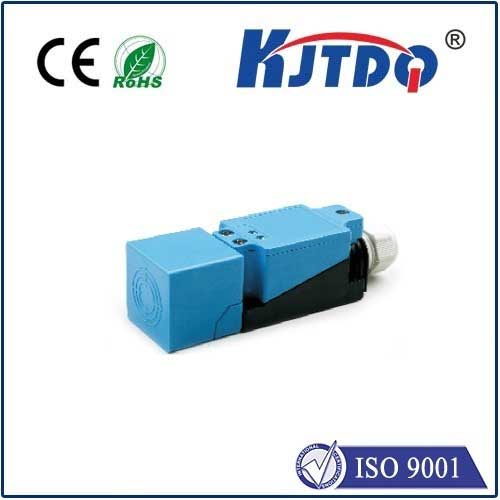m6 proximity sensor
- time:2025-07-03 02:42:50
- Нажмите:0
M6 Proximity Sensors: Compact Powerhouses for Industrial Automation
Picture a high-speed packaging line or a robotic assembly arm performing intricate tasks with precision, thousands of times an hour. Behind this seamless operation lies a silent guardian: the proximity sensor. Among the various types available, the M6 proximity sensor stands out as a remarkably compact yet incredibly robust solution, forming an indispensable component in modern industrial environments.
What Exactly is an M6 Proximity Sensor?
An M6 proximity sensor is a type of non-contact electronic switch specifically designed with a threaded barrel measuring 6 millimeters in diameter. Its core function is to detect the presence or absence of a metallic target object within its sensing range without any physical contact. This capability makes it ideal for applications demanding reliability, speed, and where physical contact could cause damage or wear. Operating primarily on the inductive principle, these sensors generate an electromagnetic field from the sensing face. When a metallic target enters this field, it induces eddy currents within the target. These eddy currents cause a measurable change in the sensor’s internal oscillator circuit, triggering the sensor’s switching output (like a transistor turning ON or OFF) to signal the target’s presence.

Key Advantages of the M6 Form Factor
The M6 size offers a compelling set of benefits that drive its widespread adoption:
- Space-Saving Design (Compactness): In today’s densely packed machinery and equipment, space is at a premium. The exceptionally small footprint of the M6 sensor allows it to be mounted in locations where larger sensors simply wouldn’t fit, enabling more sophisticated designs and layouts.
- Robustness and Reliability: Built for the harsh realities of industrial settings, M6 sensors boast impressive ruggedness. They typically feature robust, often stainless steel barrels and high-quality sealing (common ratings like IP67 or IP68), making them resistant to shock, vibration, dust, dirt, cutting fluids, oils, and coolants. This translates to longevity and minimal downtime.
- High Switching Frequencies: Due to their small size and efficient design, M6 inductive sensors can achieve very high switching speeds, often reaching hundreds of Hertz or even kilohertz. This makes them perfect for detecting objects moving at high speeds on production lines.
- Non-Contact Sensing: The fundamental non-contact nature of proximity detection eliminates mechanical wear and tear associated with physical switches, significantly enhancing sensor lifespan and reducing maintenance costs. It also allows for clean detection, free from debris build-up problems.
- Cost-Effectiveness: Offering a compelling balance of performance, durability, and compactness, M6 sensors represent a highly cost-efficient sensing solution for countless applications.
Where Do M6 Proximity Sensors Shine? Applications Galore
The versatility of the M6 proximity sensor sees it deployed across countless industries and machines:
- Machine Tooling & CNC: Detecting tool presence in tool changers, confirming spindle orientation, verifying workpiece clamping status, and monitoring end stops.
- Packaging Machinery: Precise detection of product position on conveyors, filling level checks (using metallic flags), cap presence detection on bottles, and verifying case sealer flap positions.
- Material Handling & Conveyors: Object counting, detecting pallet presence for sorting, end-of-travel confirmation for actuators, and pneumatic cylinder position feedback (with built-in magnets).
- Robotics: Reliable end-of-arm tooling detection, gripper jaw position confirmation, and safety guarding presence detection.
- Automotive Manufacturing: Monitoring fixture clamping, part presence on assembly lines, solenoid position feedback, and safety door monitoring.
- General Industrial Automation: Limit switching, speed monitoring (detecting teeth on gears or sprockets), part positioning, and verifying door/hatch closure on enclosures.
Selecting and Implementing Your M6 Sensor
Choosing the right M6 proximity sensor involves considering several crucial factors:
- Sensing Range: The specified operating distance (Sn) is critical for reliable detection. M6 inductive sensors typically offer ranges between 1mm to 4mm, depending on the specific model and sensing technology (enhanced versions like Factor 1 sensors offer longer ranges). Always choose a range slightly exceeding your minimum required detection gap for reliable operation.
- Target Material: Standard inductive M6 sensors detect ferrous metals (like steel, iron) with the longest range. They also detect non-ferrous metals (aluminum, brass, copper) but with a significantly reduced sensing distance (typically around 20-30% of the rated range). Ensure your target material is compatible.
- Output Type: Choose between НС (sinking, common in Asia/Europe) or ПНП (sourcing, common in North America/Europe), and Normally Open (NO) or Normally Closed (NC) contact logic, based on your control system requirements (PLC, relay input, etc.).
- Connection Style: Options include cable exit (Pigtail) for flexible routing or integrated connector (like M8 or M12 connectors) for quick-disconnect functionality and improved cable management.
- Environmental Requirements: Confirm the sensor’s IP rating (e.g., IP67 for dust and temporary immersion) meets your environmental conditions (exposure to washdowns, chemicals, temperature extremes).
Optimizing Installation:
Proper installation is key to maximizing performance:
- Mounting: Ensure the sensor is securely mounted using its M6 threaded barrel in a suitable hole or mounting bracket. Avoid over-tightening.
- Sensing Direction: Align the sensing face perpendicularly to the direction of target approach for maximum range and reliability.
- Lateral Clearance: Maintain sufficient space around the sensor barrel and sensing face (non-flush mounting sensors require more clearance than flush-mount types) to avoid interference from surrounding metal structures.
- Electrical Connection: Wire the sensor correctly according to its datasheet and your control system requirements, observing polarity for DC sensors. Ensure wiring is protected from vibration and abrasion.
While small in stature, the M6 proximity sensor delivers consistent, reliable, and non-contact detection in the heart of demanding industrial processes. Its unique combination of compact size, robust construction, high-speed performance, and cost-effectiveness solidifies its position as a fundamental building block for countless automation systems worldwide. Understanding its capabilities and choosing the right model ensures optimal performance, boosting productivity and machine reliability.

